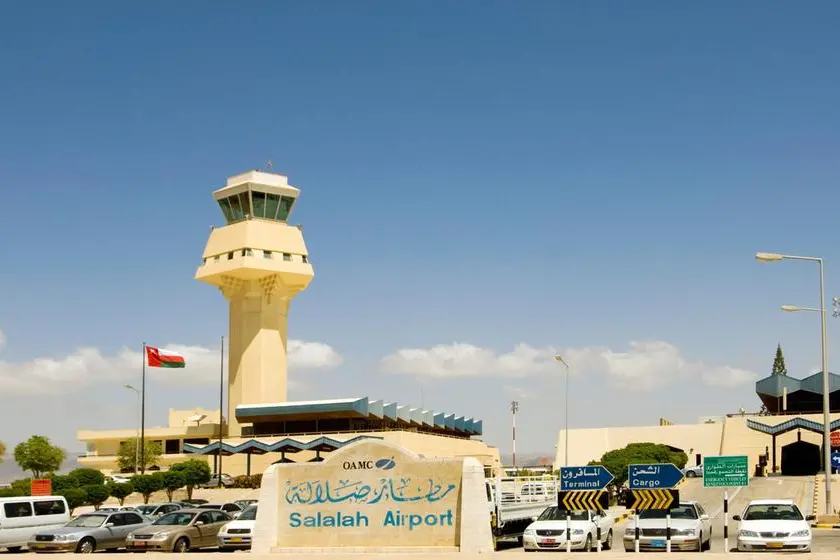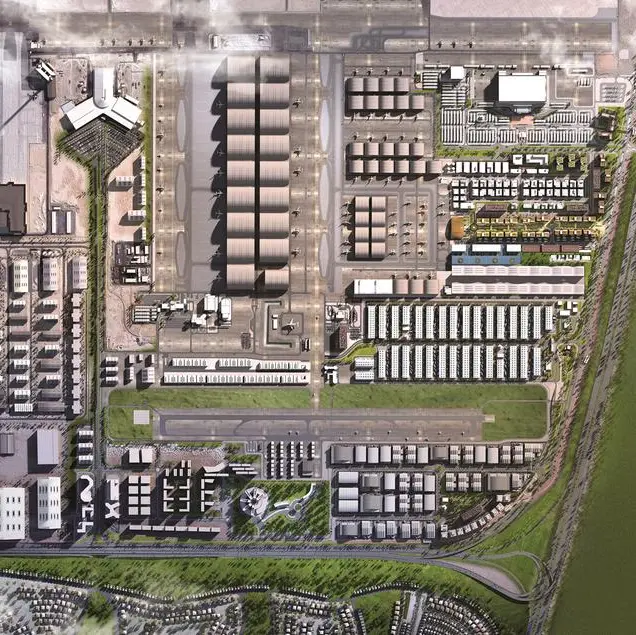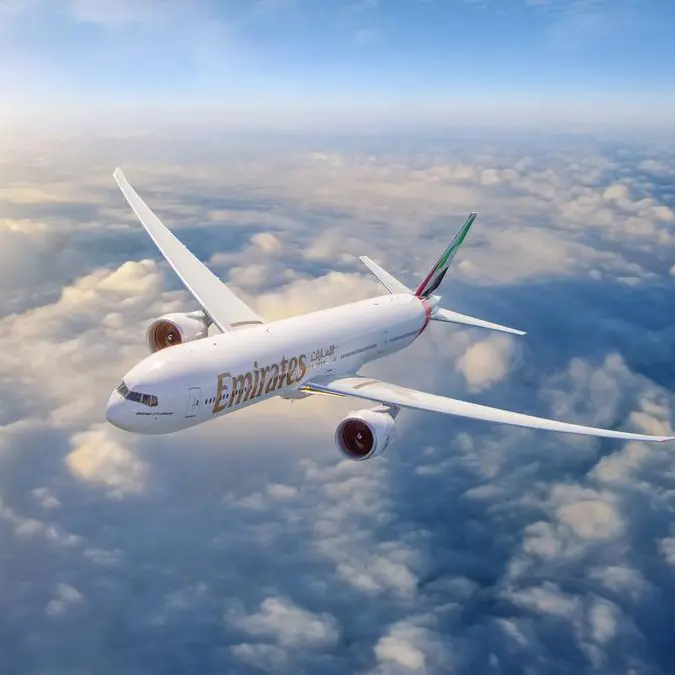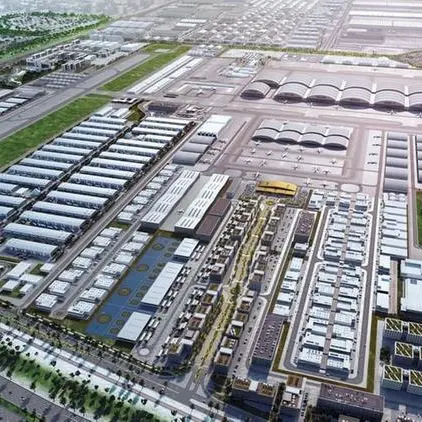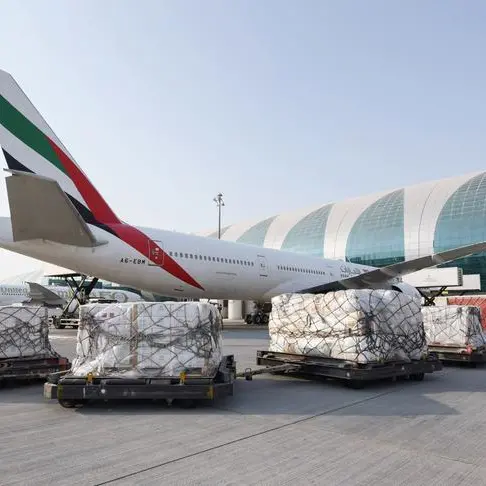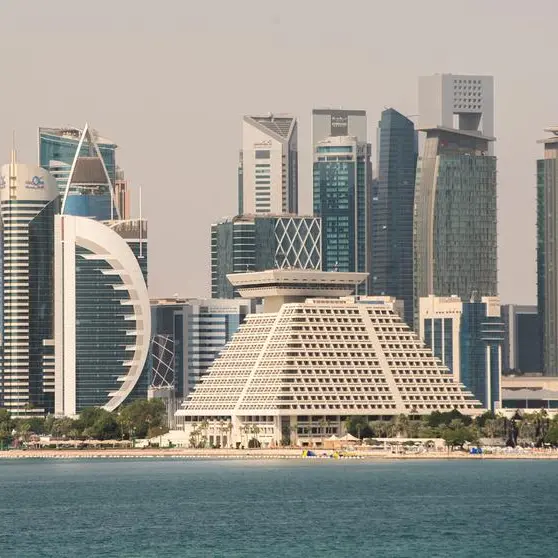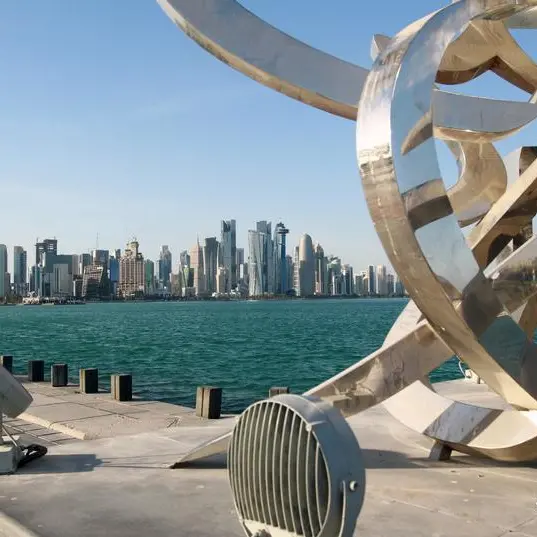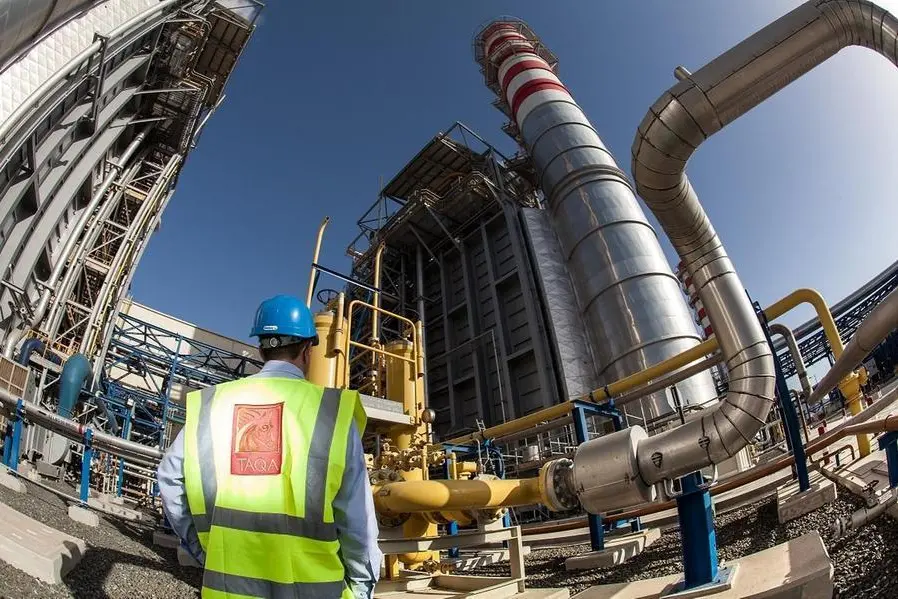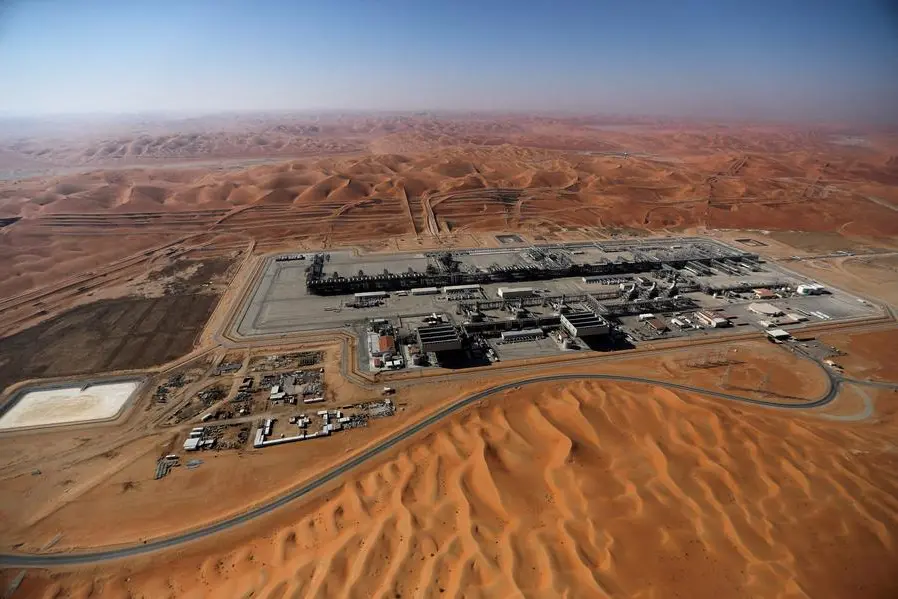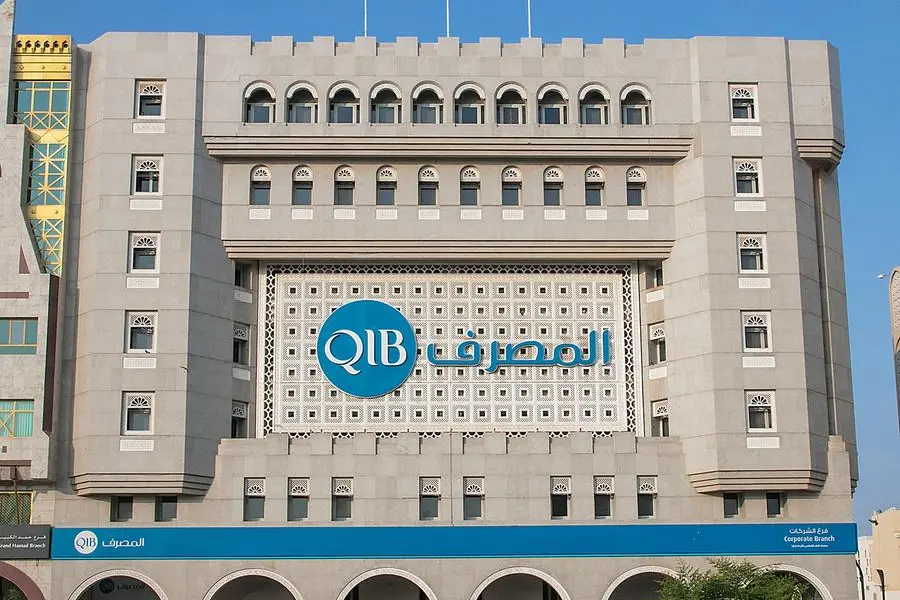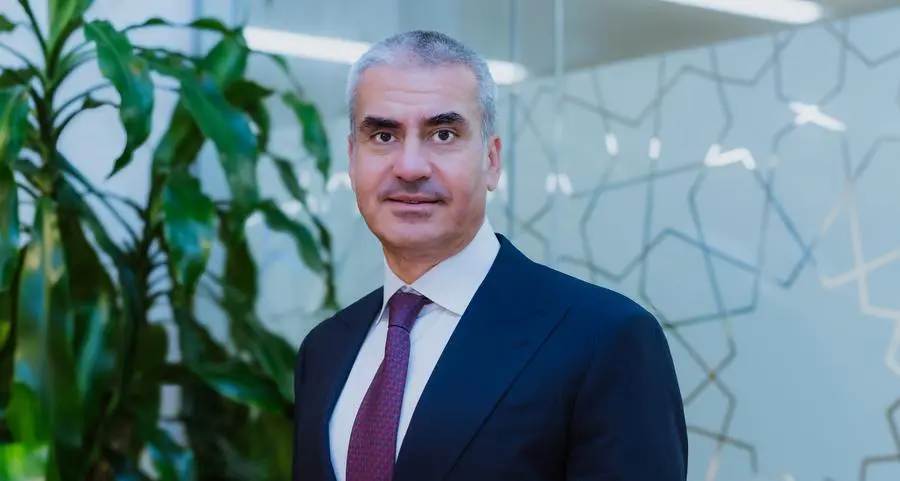PHOTO
Oman airport. Getty Images Image used for illustration.
Muscat: Oman Airports on Saturday celebrated the fifth anniversary of the opening of Muscat International Airport, and the eighth anniversary of the opening of Salalah Airport.
The two airports constitute the gateways to success for tourism and travel in the Sultanate of Oman and a strategic landmark of national achievements of the Renewed Renaissance led by His Majesty Sultan Haitham bin Tarik.
Since its opening on November 11, 2018, Muscat International Airport has jumped about 52 places in the list of the best airports in the world in the field of services and passenger satisfaction, competing with several international airports within its capacity category of 15-25 million passengers regionally and internationally.
It also won a series of international awards that confirm its leadership in the aviation and travel sector, and was crowned with the award for the Best New Pioneering Airport for the year 2018, during the 25th edition of the World Travel Awards in Lisbon, Portugal, after which it continued its series of achievements in the field of travel and tourism.
With regard to aspects of responding to health crises, Muscat International Airport played a positive role during the Covid-19 pandemic, as it was the first airport in the Middle East to obtain a health accreditation certificate for travel and safety procedures during the the global pandemic, stressing the endeavour with all partners to provide everything needed for the airport to be a safe crossing to and from the Sultanate of Oman during that period.
Immediately after the end of the pandemic, efforts continued to be crowned with many awards, the most recent of which was the best airport in the quality of airport service by the International Airports Council in the category of airports with a capacity between 15 - 25 million passengers, and the award for the best airport employees in the Middle East, based on the classification of the specialised international company Skytrax.
The award for the best airport in the quality of airport service by the International Airports Council, the award for the most dedicated airport staff in serving passengers in the Middle East, the award for the easiest travel procedures in the Middle East, and the award for the cleanest airport in the Middle East.
Muscat airport has become the first airport in the Middle East to provide global educational roaming service, giving an opportunity for students, and academics to complete their tasks at the airport via the Internet.
In order to encourage small and medium enterprises, Oman Airports announced the availability of sales outlets for small and medium enterprises at Muscat International Airport, in order to push these enterprises to provide multiple services in the airport environment, to strengthen the partnership to provide spaces to emerging companies and entrepreneurs in carrying out a smart and advanced approach.
To enable the creative ideas of innovators and owners of start-up companies, and to attract investors, Muscat International Airport hosts the Innovation Lab of the Oman Airports Company. The laboratory provides spaces equipped with the latest technologies that serve as an empowerment incubator for owners of innovative ideas and start-up companies, by providing approved linking platforms with the experience of technology companies and digital applications. It also provides platforms to showcase the latest technologies and build effective links between startups and existing technology companies.
The airport also formed a platform to compete for ideas, innovators and startup companies, within the “Aerohack from Oman Airports” programme, which is the first ideas race of its kind in the Sultanate of Oman specialised in developing ideas in the airport sector, to attract an elite group of innovators, technology developers, designers, students, startups, small and medium-sized companies, and university students to enhance innovation.
Muscat International Airport has become an attractive destination for emerging airlines, especially airlines operating within the framework of budget airlines, in light of the facilities provided by Oman Airports Company to regional and international airlines as part of its efforts to make the Sultanate of Oman a major hub for these air carriers.
Environmental sustainability
In terms of environmental sustainability, after its opening, Muscat International Airport joined many environmental programmes managed by international organisations and councils, and today the airport is at the third level within the carbon emissions control programme implemented by the Airports Board of Directors.
Locally, the airport contributes directly to programmes for recycling agricultural waste in its green atmosphere by supplying the “Kala” fertilizer factory of the Nama Group. It will also contain the first hybrid hydrogen station in the Sultanate of Oman in partnership with Oman Shell.
Muscat International Airport was also able to obtain accreditation certificates from international organisations and institutions. It was accredited by the American Heart Association to provide courses in first aid and cardiopulmonary resuscitation, and was accredited by the Civil Aviation Authority to hold training courses in the field of aviation security and safety.
These projects and achievements confirm the efforts made by Oman Airports and all its strategic partners to ensure the provision of the highest global standards and to create the best professional practices in the work environment for its employees to complete the national mission to make Muscat International Airport among the finest airports in the world.
Muscat airport, with its three wings whose designs and colours extend from the core of the Omani environment and its immortal heritage, is an icon and a distinctive masterpiece in the Middle East region with its distinctive interior architectural design that is in harmony with the smooth movement of travel, as this culminated in hosting a permanent corner for the National Museum within its many corridors. One of the designs inspired by the regions of Amman and its markets.
The total area of the passenger terminal at Muscat International Airport is estimated at approximately 580,000 square metres, and it consists of three wings (3 levels for each wing) and the central area (5 levels) that connects the three wings. There are three main entrances leading to those levels, in addition to lounges for VIP arrivals and departures.
The building includes 72 desks for clearing travel procedures for airline companies and 24 desks for clearing travel procedures for business class. It also includes two gates designated for large aircraft such as Airbus 380 aircraft, connected to bridges for boarding the plane and 10 lines for baggage claim belts, eight for international flights and two for domestic flights, with a capacity of 500,000. 5,200 bags per hour, 11 km long, and provides special services for handling private aircraft.
The passenger terminal contains 40 air bridges to transport passengers to and from aircraft through 29 waiting lounges and 16 additional waiting lounges to transport passengers to and from aircraft via buses when necessary, in addition to aircraft parking with a capacity of 59 spaces.
The number of flights (international and domestic) arriving and departing through Muscat International Airport recorded an increase of 104.8 percent, as the number of flights reached 27,880 flights until the end of June 2022, transporting 3 million, 382,855 passengers, compared to 13,612 flights in 2021. It transported 1,416,975 passengers.
While Salalah Airport is one of the few airports in the world that has been classified as five-star from 2019 until the current year in the classification of Skytrax, which specialises in the category of airports with less than two million passengers, in sixth place globally in its category, and it advanced in the third quarter of this year to fourth place.
Salalah Airport is an integral part of the strategic work matrix of “Oman Vision 2024”. In addition to being a modern architectural icon, it represents a linking artery between the Dhofar Governorate and the rest of the governorates of Oman and another Omani gateway to the world.
Since its opening in November 2015 until today, the airport has won a number of international and regional awards, including obtaining the carbon accreditation certificate from the Airports Council International, with an upgrade to the third level, in May 2023. Last March, it also received a five-star rating for the fifth year from the International Airport Council. Skytrax is in the World Airports Classification for the year 2023, in recognition of the high and distinguished level and efforts made to enhance performance and as a result of its constant endeavors to achieve the highest levels of operational excellence.
Salalah Airport was also crowned with four awards: the Best Airport Award in the Two Million Passengers category in the Middle East, the Most Dedicated Airport Staff Award in Serving Passengers in the Middle East, the Easiest Travel Procedures Award in the Middle East, and the Cleanest Airport in the Middle East Award within the International Airport Service Quality Awards. For the year 2022.
In September 2022, Salalah Airport also won the award for the best airport in the Middle East in terms of quality of services, and the third place award for the best airports in the Middle East in terms of safety measures during the “Covid-19” pandemic, between the years 2020 - 2022.
Salalah Airport also ranked ninth in the category of airport service quality for less than two million passengers annually, and within a short period since its start of operation in 2015, it was able to achieve a high percentage of passenger numbers, whether for local, regional or international airlines that operate direct scheduled flights or charter flights. “Charter” to the airport.
Salalah Airport recorded an increase in air traffic during the Khareef Dhofar season for this year 2023, by 29 percent in total air traffic and 34.4 percent in the number of passengers. Air traffic at the airport grew during the past months of July and August to reach about 3,168 flights, compared to 2,455 flights in the same period last year.
On September 7, 2023, Salalah Airport was also able to connect sea/air freight operations between Salalah Airport and the Port of Salalah, one of the largest seaports in the Middle East, to provide since that date its first logistical support of its kind in the Sultanate of Oman.
It is noteworthy that Salalah Airport was designed in accordance with the latest international systems and modern technologies to be an important tributary at the economic and tourism levels within the infrastructure system in the Dhofar Governorate in particular and the Sultanate of Oman in general.
Today, Salalah Airport plays a major role in enhancing tourism and travel to the Dhofar Governorate, as it is a tourist attraction throughout the year. The total area of the airport is 65 thousand square meters, with a capacity of two million passengers annually, with the possibility of expanding in the future to reach 6 million annually.
© Muscat Media Group Provided by SyndiGate Media Inc. (Syndigate.info).
